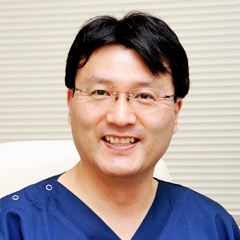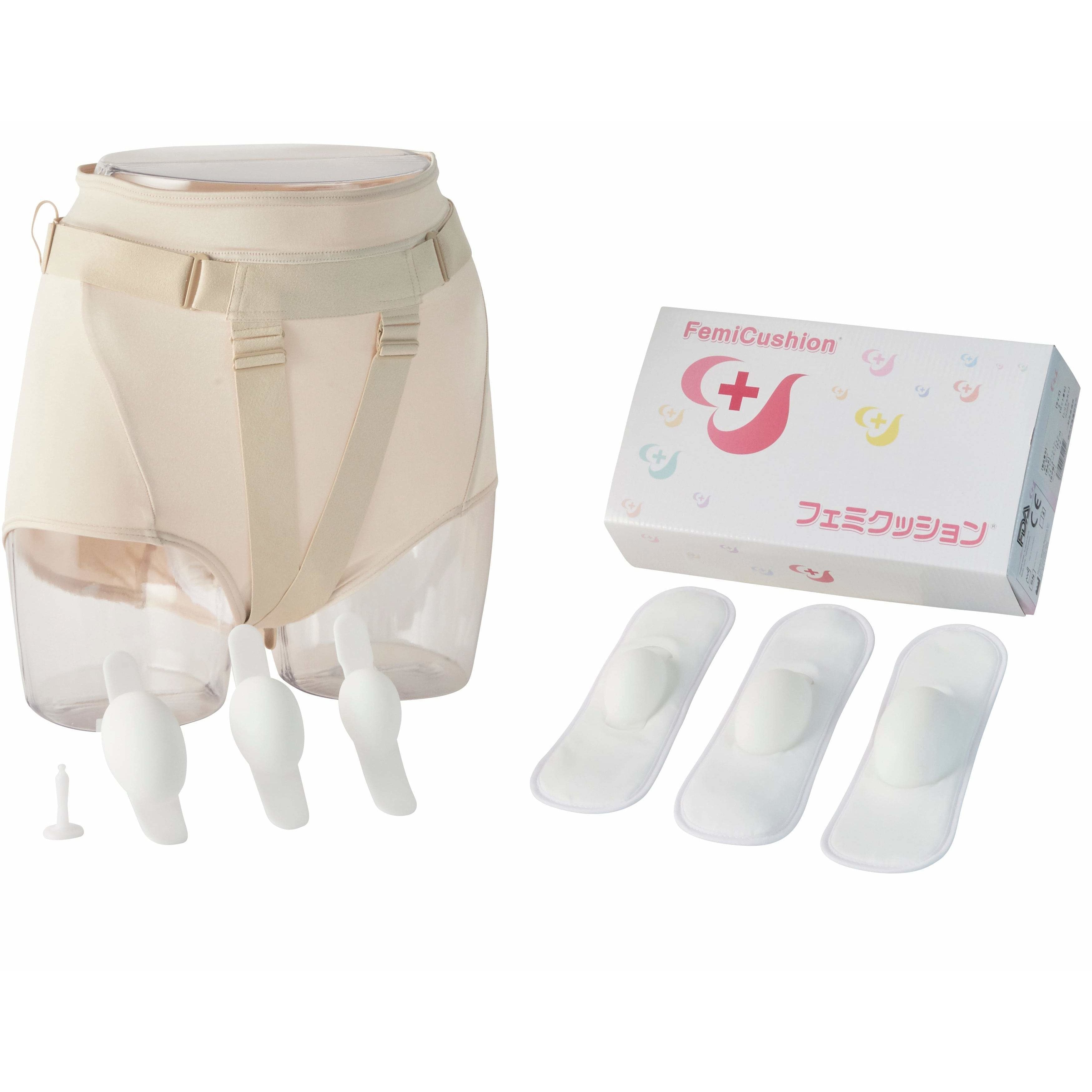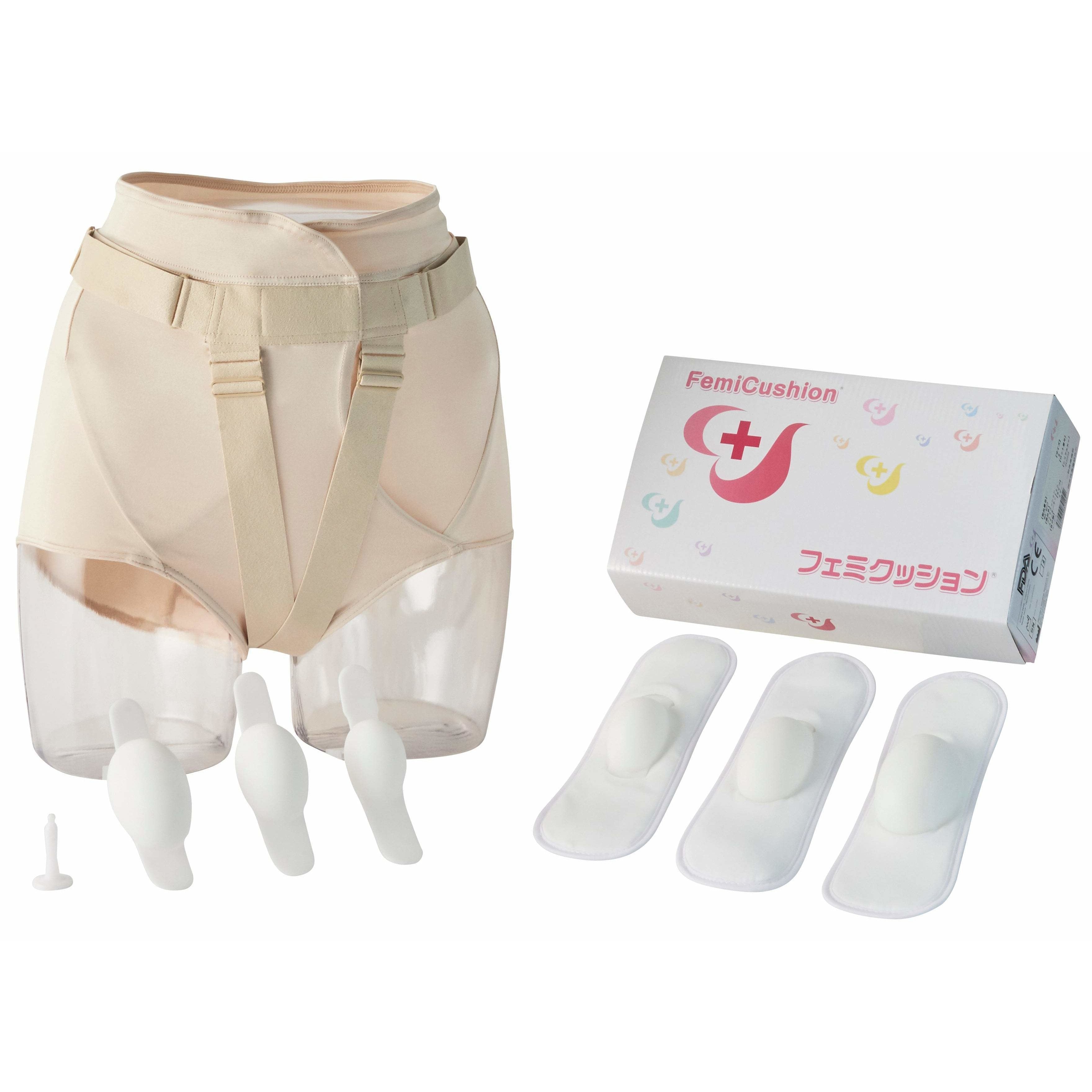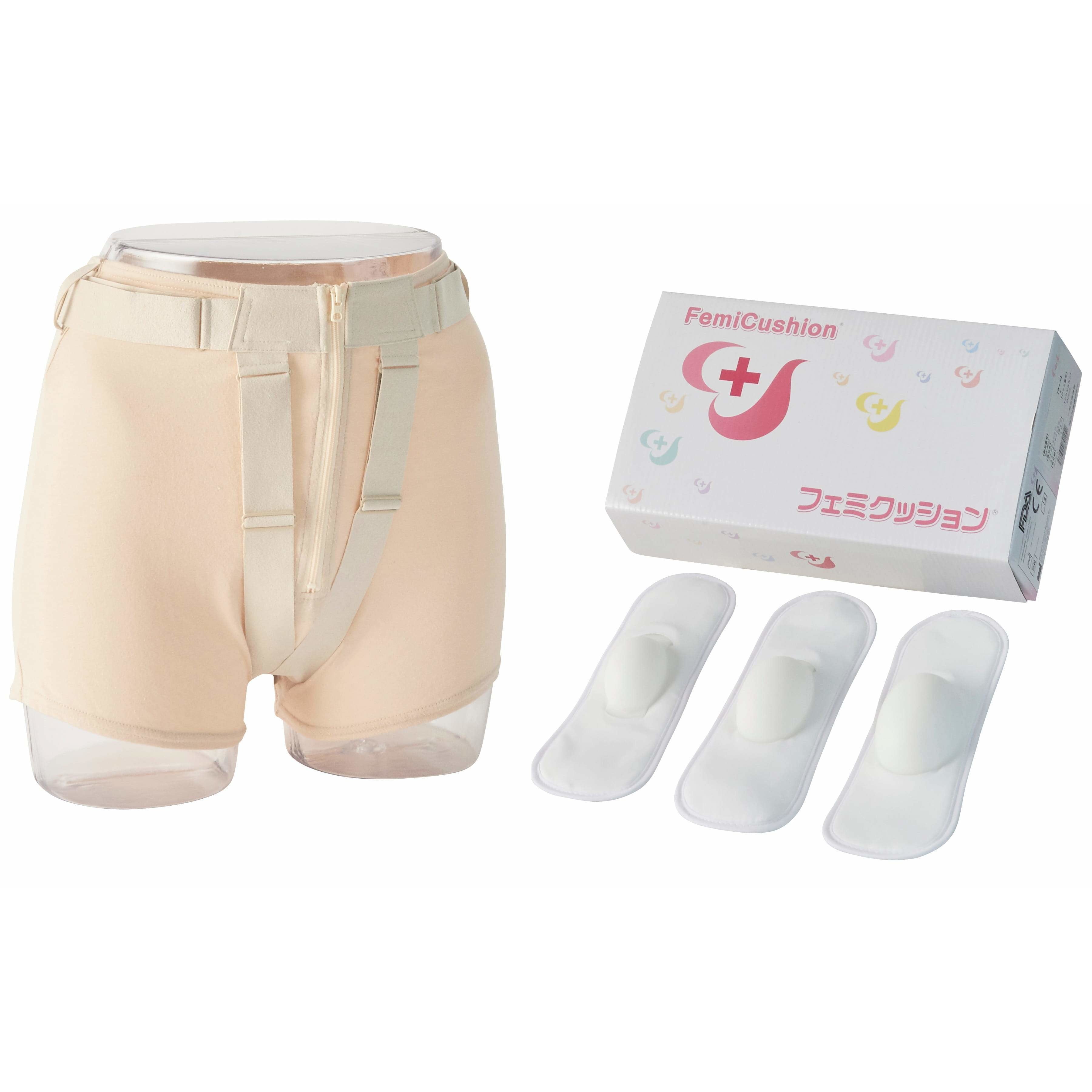Cystocele Causes, Symptoms, Diagnosis | Therapy and Self Care for Difficulty Urinating
Summary
Table of Contents

Cystocele | Causes, Symptoms, and Diagnosis: Doctor’s Advice
Many women are affected by a cystocele or some degree of pelvic organ prolapse in their lifetimes. Women who have given birth, gone through menopause, or have a history of hard lifting are more likely to develop cystocele. This is due to the fact that these actions significantly tax the pelvic floor muscles and deteriorate the tissues that support them. Having trouble completely emptying the bladder, having urinary incontinence or leakage, feeling pressure or discomfort in the pelvic area, and sensing a bulge or protrusion in the vagina are just a few of the usual symptoms of a cystocele. While mild cystocele might not need treatment, more serious ones might call for surgery or other medical procedures. However, the condition often goes untreated as the symptoms are not properly recognized or reported to their doctors. Although a cystocele is not life threatening, it can negatively impact a woman’s quality of life and can worsen if not treated.
What Is the “Cystocele”?
Also known as a prolapsed bladder, anterior vaginal wall prolapse, or fallen bladder, a cystocele refers to a condition in which the connective and supportive tissues around the bladder and vaginal wall weaken and stretch. When these ligaments reach a certain point of weakness, the bladder and vaginal wall are allowed to fall or “sag” into the vaginal canal.
Health care professionals rank cystoceles using three stages or grades. Grade 1 is considered a mild case with the bladder dropping only a short way into the vagina. Grade 2 is moderate as the bladder descends further. In Grade 3 the bladder and vaginal wall have dropped down far enough to bulge into the vaginal canal and possibly out through the opening of the vagina. The most serious stage is Grade 4, in which pelvic organs protrude out of the vagina.
Why Am I Having a Cystocele? – Causes of Cystocele
As mentioned above, a cystocele is caused by the damaging and weakening of certain muscles and connective tissues. There are multiple factors that may contribute to this such as:
- Estrogen levels decreasing with age/menopause
- Vaginal birth
- Hysterectomy
- Obesity
- Family history
- Intense physical activity, including lifting heavy objects
- Constipation and/or repeated muscle straining during bowel movements
- Frequent coughing
The Symptoms of a Cystocele
Women with a cystocele can experience a range of symptoms. A few commonly reported include:
- Difficulty urinating or emptying the bladder
- Frequent urination or the sensation of needing to go frequently
- Recurring urinary tract infections
- Pain during sexual intercourse
- Trouble inserting tampons or applicators
- Feeling full or heavy heaviness in the pelvic area
- Pain in the lower back
- Seeing or feeling something through the vaginal opening
Therapy and Self Care for Difficulty Urinating
Treatment Options for Cystocele
The suggested course of treatment for cystocele can vary depending on the condition's severity and grade. Some women with minor cystocele may not need immediate medical attention; instead, actions can be done to reduce pain and stop the problem from getting worse. Weight loss may be recommended in addition to avoiding strenuous activity and heavy lifting to deal with symptoms. This is because being overweight can exacerbate the problem by adding to the pressure being placed on the pelvic floor muscles.
Estrogen Replacement Therapy for Cystocele
Some women with cystocele may also benefit from estrogen replacement therapy. This treatment is mostly used to treat menopause symptoms like mood swings, hot flashes, and vaginal dryness. The tissues around the bladder and vaginal wall may be strengthened in the event of cystocele by estrogen replacement treatment. This is because estrogen helps to maintain the elasticity and thickness of these tissues, and a lack of estrogen might make them weaker and more prone to injury.
Surgical Options for Cystocele
Surgery or other medical procedures might be required for severe bladder prolapse. Bladder suspension surgery is one procedure that is frequently performed to treat cystocele. The bladder is moved, and it is then stitched to the muscles of the pelvic floor. The insertion of a mesh implant to support the tissues and stop the bladder from falling into the vaginal canal is one of the other surgical possibilities.
Importance of Kegel Exercises
All women should practice Kegel exercises. Also known as pelvic floor exercises, they are a type of exercise that focuses on strengthening the muscles surrounding the openings of the urethra, vagina, and rectum. These exercises involve repeatedly contracting and relaxing the pelvic floor muscles which help to improve muscle tone and prevent weakness or damage to the pelvic floor. These exercises are an effective way to prevent or manage symptoms of urinary incontinence as a symptoms of pelvic organ prolapse.
Pessary as a Care Route
Another typical care route for a cystocele is a pessary. Available in several shapes and sizes to ensure a proper fit, this device may be inserted in the vagina to hold the bladder in place. Although a pessary does not cure or reverse a prolapse, the extra support it gives can help relieve symptoms. Pessaries must be removed on regular basis for cleaning to avoid infection or ulcers.
Non-Invasive Alternative: FemiCushion
For women who prefer a non-invasive alternative to a pessary or surgery, there’s FemiCushion. Designed to provide natural support from beneath the vaginal opening, this discreet device is easier and more comfortable to wear than traditional pessaries. If you would like to learn more about this innovative, non-invasive solution to pelvic organ collapse, please refer to our frequently asked questions page or contact us today!
Supervising Doctor of This Article

Koichi Nagao, MD PhD
Professor, Department of Urology, Toho University Faculty of Medicine
Director of Urinary tract reconstruction center, Toho University Omori Medical Center
Director of Reproduction Center, Toho University Omori Medical Center
Professor Nagao specializes in plastic surgery in the field of reproductive medicine. He completed eight years of plastic surgery training at Showa University before majoring in urology at Toho University. With his meticulous surgical techniques and careful examinations that combines urology and plastic surgery, Professor Nagao became a Board Certified Specialist with multiple associations including the Japanese Urological Association, the Japan Society for Reproductive Medicine, and the Japanese Society for Sexual Medicine.
The suggested Products

FemiCushion Standard Deluxe Kit
$299.99

Kit FemiCushion EasyOpen Deluxe
$299.99

FemiCushion Lite Kit
$249.99
